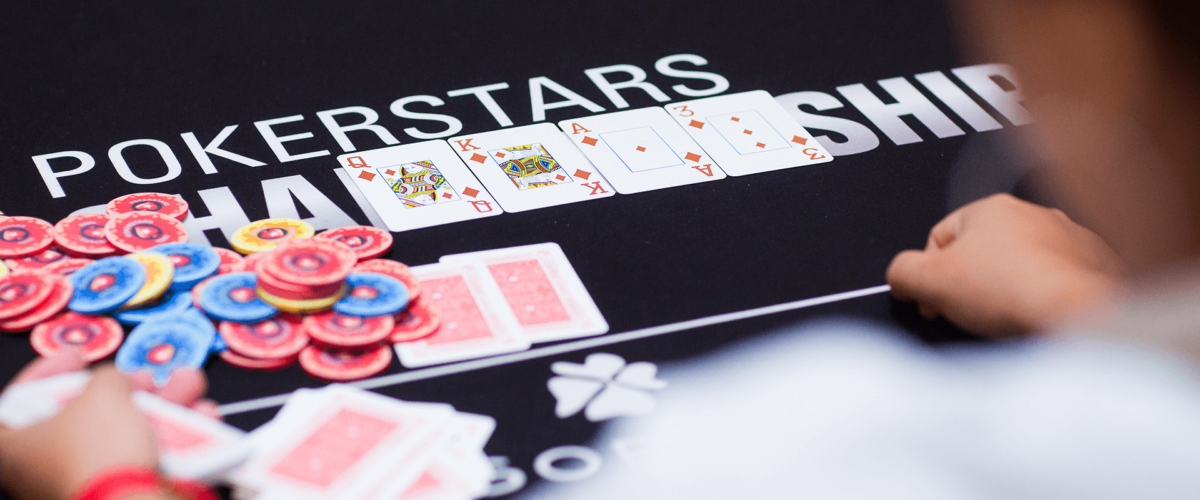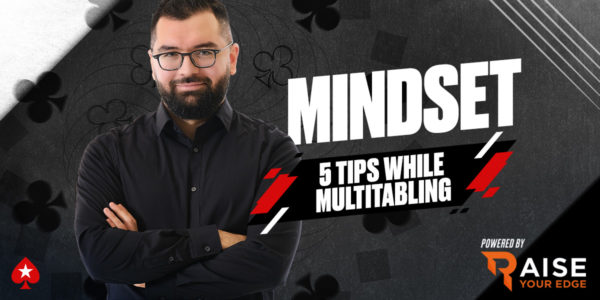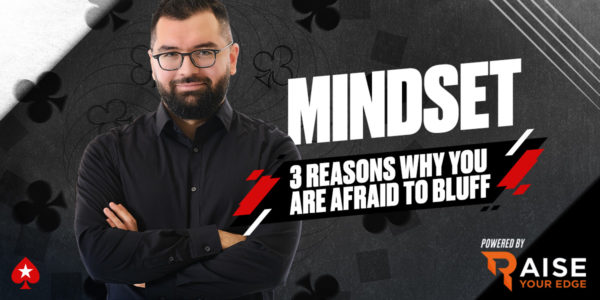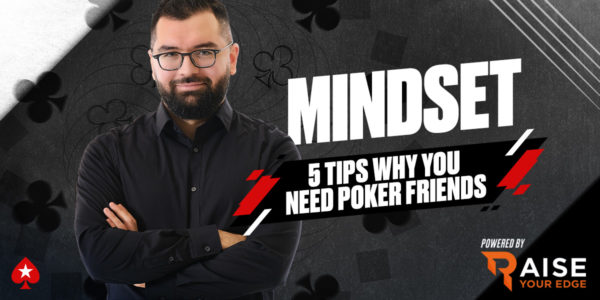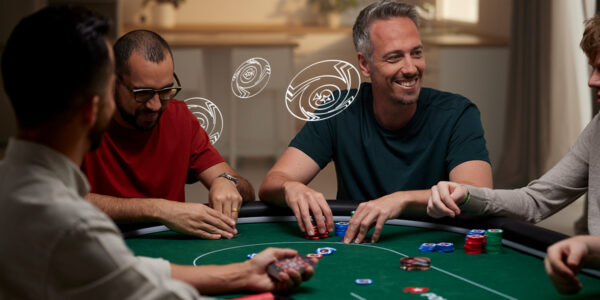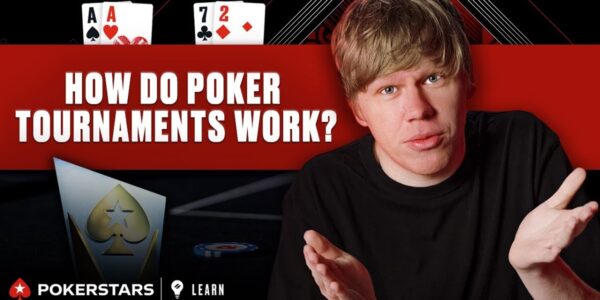Inside the Mind of a Pro – Making Tough Folds
One skill that will always grant you an edge over the general population is the ability to make tough folds when you know your opponent is likely to be bluffing a spot less than they should in theory. If your hand boils down to a bluff catcher, then you need Villain’s bluffing frequency to be something reasonable. The trick here is to think about your hand strength relative to the range Villain would take his given line with, and not just in absolute terms.
In each of these hands, I made a fold which I later felt good about in review – though on-stream, there was much anguish during the first spot! Having the discipline to make fold after fold when the clues point that way is truly a skill worth aiming for. Once again, these hands are played at 100NL 6-max Zoom, where the blinds are $0.50/$1.00.
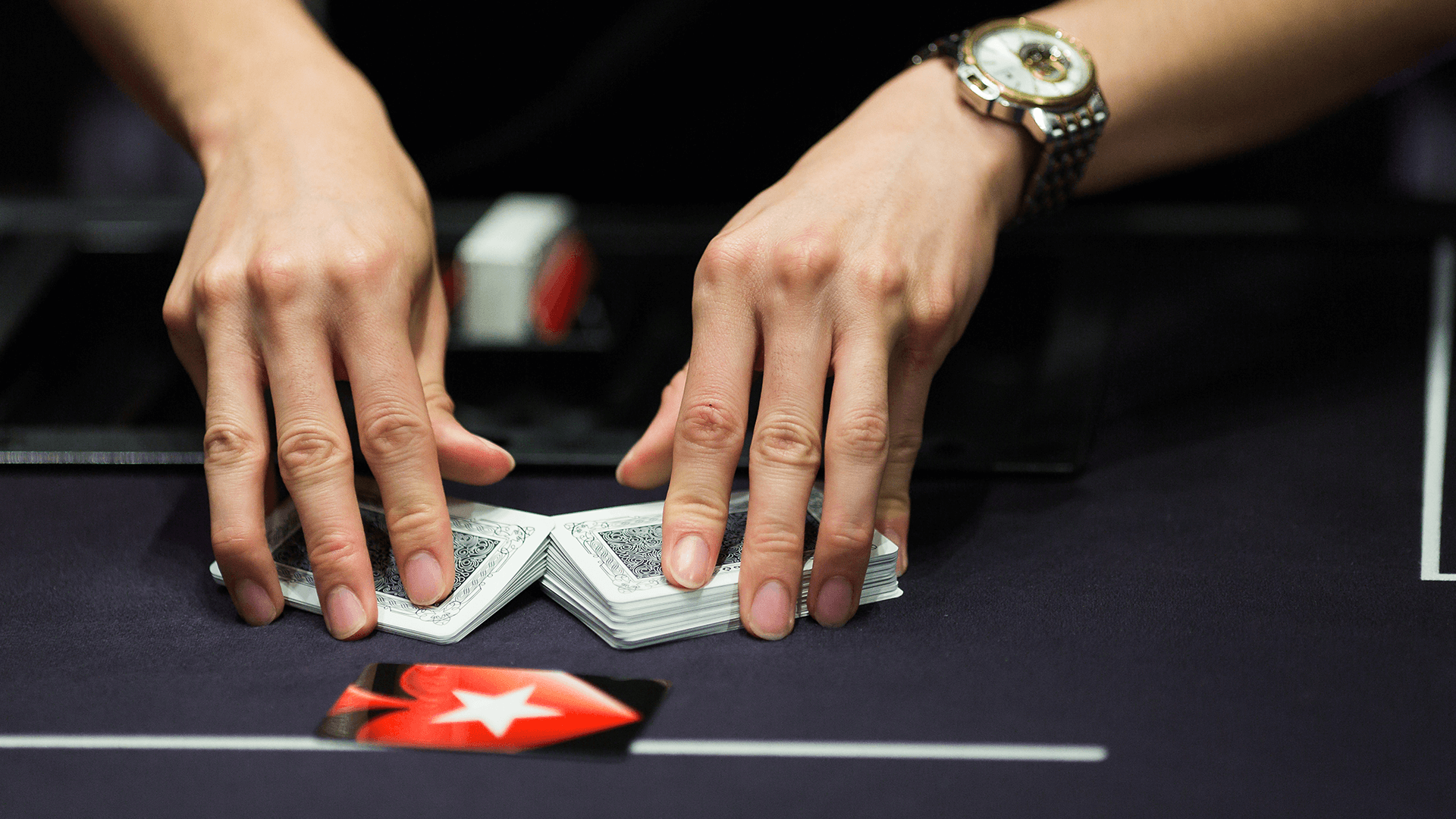

Spot 1 – Fortune Reversal
Over 84 hands the Villain in the UTG seat was running stats of 12/10. This means that, before the flop, he has played just 12% of hands and raised just 10% of the time that he has had the opportunity to do so. Although this sample is rather limited, it is still likely that this player will turn out to be considerably tighter than would be standard or optimal. He makes it $3.00 which is further evidence that he is a tighter, weaker player. Most regulars in this game do not size more than around $2.50 in this seat unless there are poor players in the blinds. In the big blind, on this table, is yours truly, and I look down at A♣ K♠ after it folds to me.
3-Betting here is the default play against a normal opponent and, if I had a bigger sample, I might have decided to merely flat the AKo here. I think this spot gets a lot closer vs. this guy than it is against a more standard opponent. I elect to 3-bet to $10, going a little smaller than usual, conscious of the fact that Villain is quite likely to fold many of the hands I’m doing well against if I make it too large. I don’t think this decision is terribly important. Villain calls and we move to the flop. We started this hand $135 deep.
On the flop ($20.50) of Q♥ J♦ 10♠ , I have a think to myself and conclude that playing this hand straightforwardly is by far the best plan. Against a stronger player, I would very often elect to check/raise the nut-straight in this spot because my range very often wants to check here. Villain absolutely smashes this board when he calls a 3-Bet UTG vs BB because, while I have weak showdown-value hands here like AQo, KK, and AA, he would 4-bet or fold these combos pre-flop. Therefore, my checking range needs a lot of protecting. Against a nittier player, however, the risk of him checking back a hand that is calling multiple bets is just too great. I take the simple option and c-bet $18.51 into the $20.50 pot. Villain quickly calls.
His timing here weights his range away from AK slightly and more towards hands like sets or perhaps KK or AQs. That said, this pot can still very easily be a chop. The turn ($57.52) brings the and the effective stack is $106. This is a lovely brick for me as is anything that does not pair the board. It’s time to continue to deny Villain’s sets a free card and keep betting. If I was confident that Villain would bet a hand like JJ now a very high frequency of the time, then check/shove would again be a strong option. The disadvantage is missing a street of value from hands that are definitely calling turn again like KQs. I elect to take the safe option again and bet. This ensures that I set up a river shove and this is the most important point. I bet $32 and Villain calls again quite quickly.
At this juncture, I discount some weaker hands like one pair and pair plus draw. His timing is beginning to look more and more like sets and of course some AK, though I feel the latter will sometimes raise me in an attempt to protect its equity and stack my sets.
The river ($121.52) is the nightmarish 4s and I instinctively check. My thought now is that shoving would simply result in either Villain folding a worse hand or calling if he has either AK or one of the nine full house combinations (TT-QQ). Shoving looks like a dreadful prospect. I have to face the reality here that my value-betting prospects are over and done with. Villain shoves for $74.67 without too much consideration and I need 28% equity to make the call. If we give Villain all of the AK combinations and the [TT-QQ] then we have 25% equity because half of the time we have 50% and half of the time, 0%. Given our read that AK was more likely to have raised by now than [TT-QQ] was, this should drop further.
Of course, my analysis falls apart if Villain is getting here with hands like KQs, AQs, and KK and then bluffing them on the river, but this is very rare, both from this tight player profile and the wider player pool per se. I squirm a bit and finally make the laydown. I think this fold is mandatory. Phew…It would have been all too easy to make an emotional call in this hand. The key is to wait until the initial disgust of the spot has passed before making your choice. This leads to a clearer thought process.
[text-blocks id=”join-discord”]
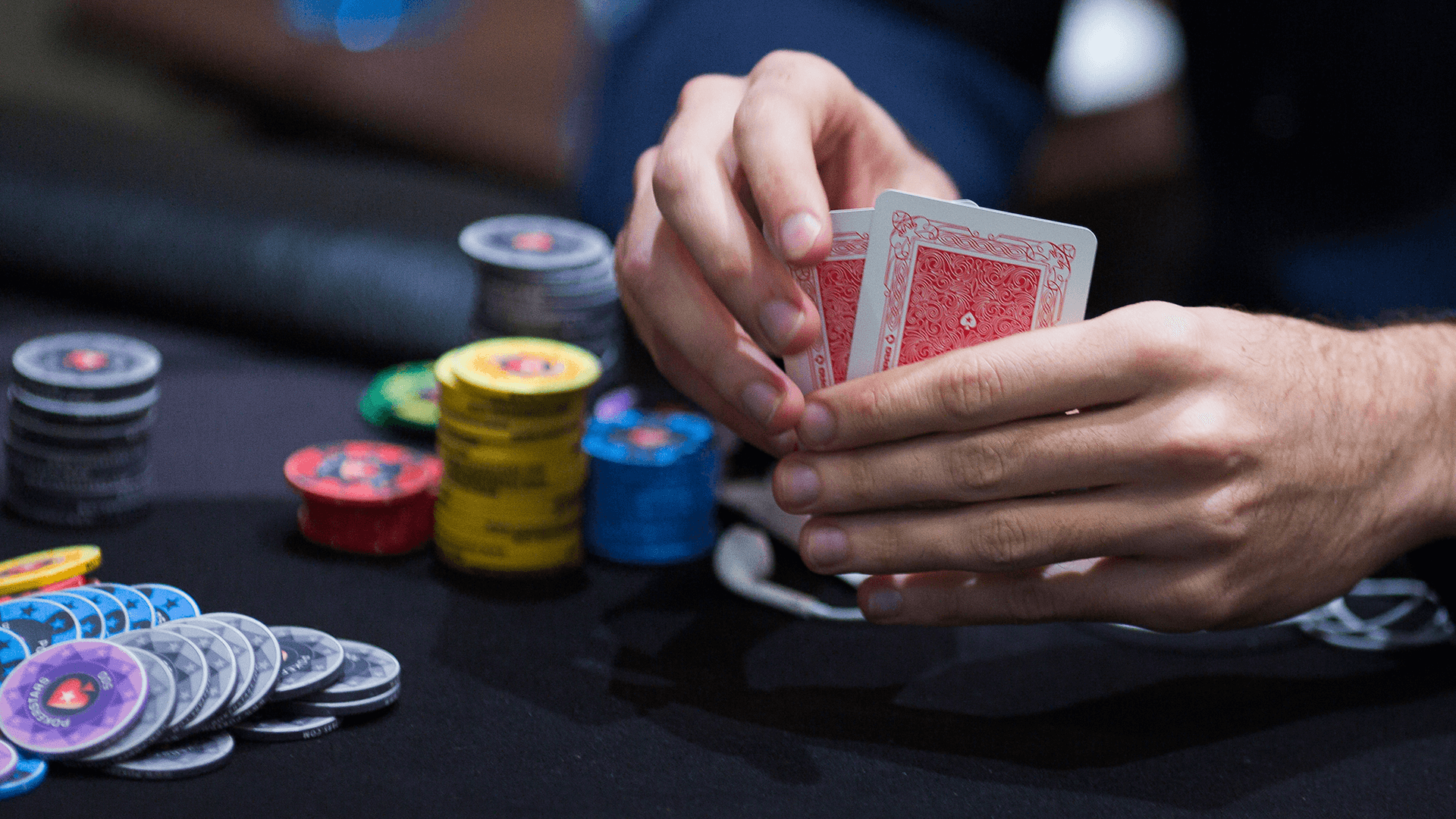

Spot 2 – Beating Nothing
The next fold I made a few hands later was a little easier. I open to $2.70 on the BU with AdTc and a tight passive looking player with stats of 16/8 calls in the BB. The flop ($5.90) is 8♣ 6♠ 4♦ . I opt for a small c-bet of $1.74. This bet is definitely optional, and I can choose between this line and checking behind. Since Villain looks placid, I assume that I will get raised at quite a low frequency. I decide to risk getting blown off the pot for the luxury of protecting my equity.
Villain calls and the turn ($9.38) is the 10♦ ; a great card for me, but then Villain leads for $4.00. I could certainly raise here against a more aggressive opponent but vs. this guy I play it safe with a call – his sudden urge to grab the initiative is a little concerning, despite the puny sizing and he is less likely to lead and then call second pair than a looser player might be.
The river ($17.38) brings the 8♦ and Villain pots it, throwing in $17.00. Generally, the line of call flop, donk turn and bet river large is a bluff heavy line on blank run outs from aggressive recreational players, but this spot is the opposite. Not only do some backdoor flush draws get there but 8x also moves ahead of me and 8x was one of the most likely hands I was beating on the turn. I make a calm fold and wonder if a board is going to run out reasonably for me in this session!
Conclusion
Making disciplined folds is all about clarity and composure. Most of the bad river calls my students make are not caused by a technical misunderstanding but by emotional interference.


